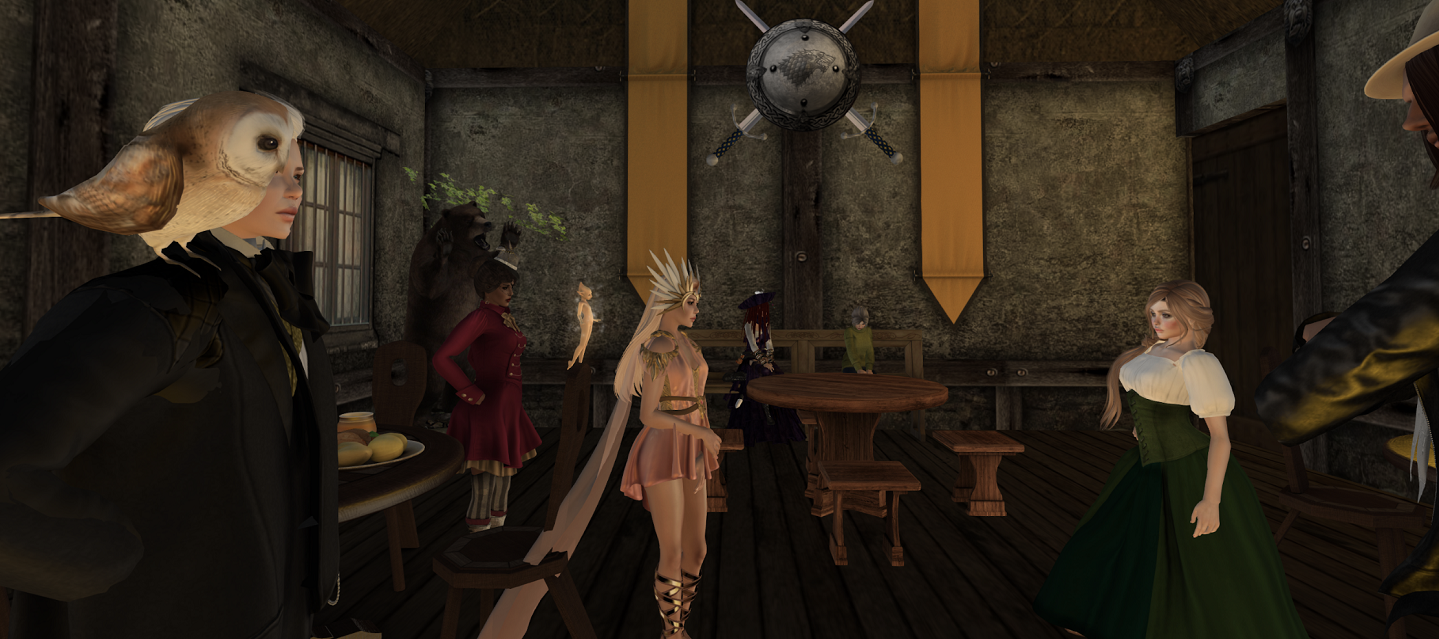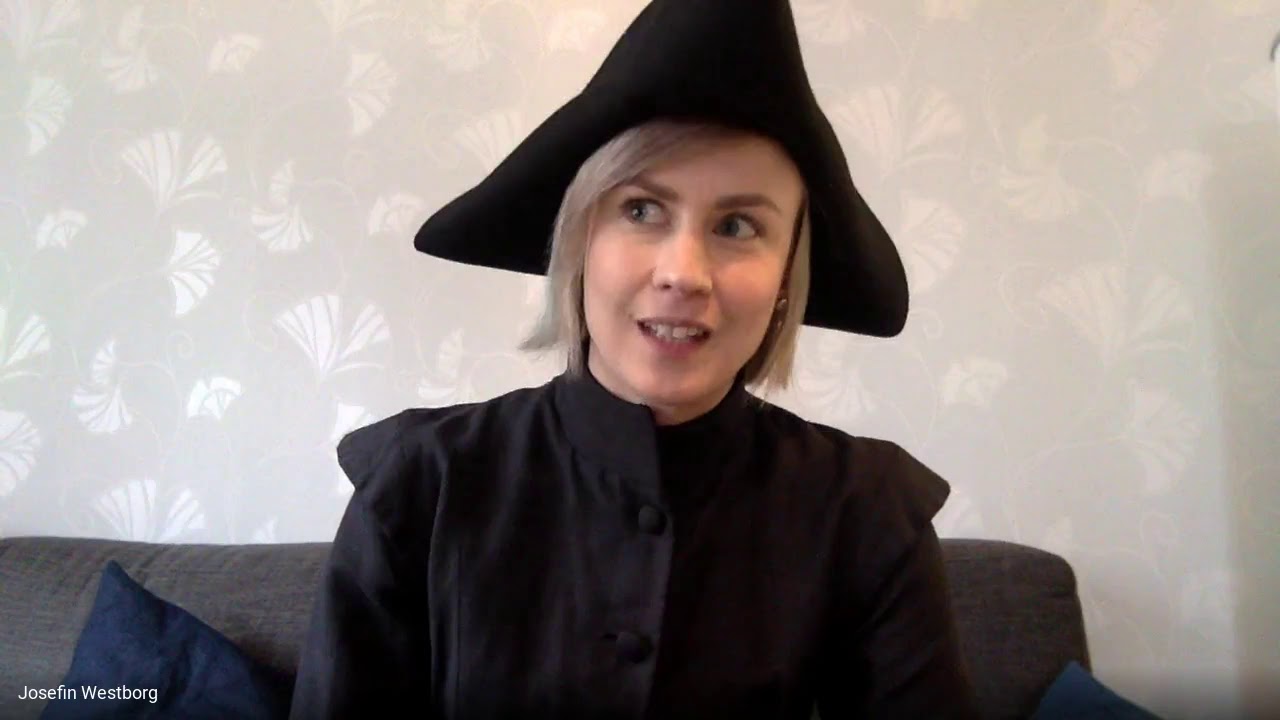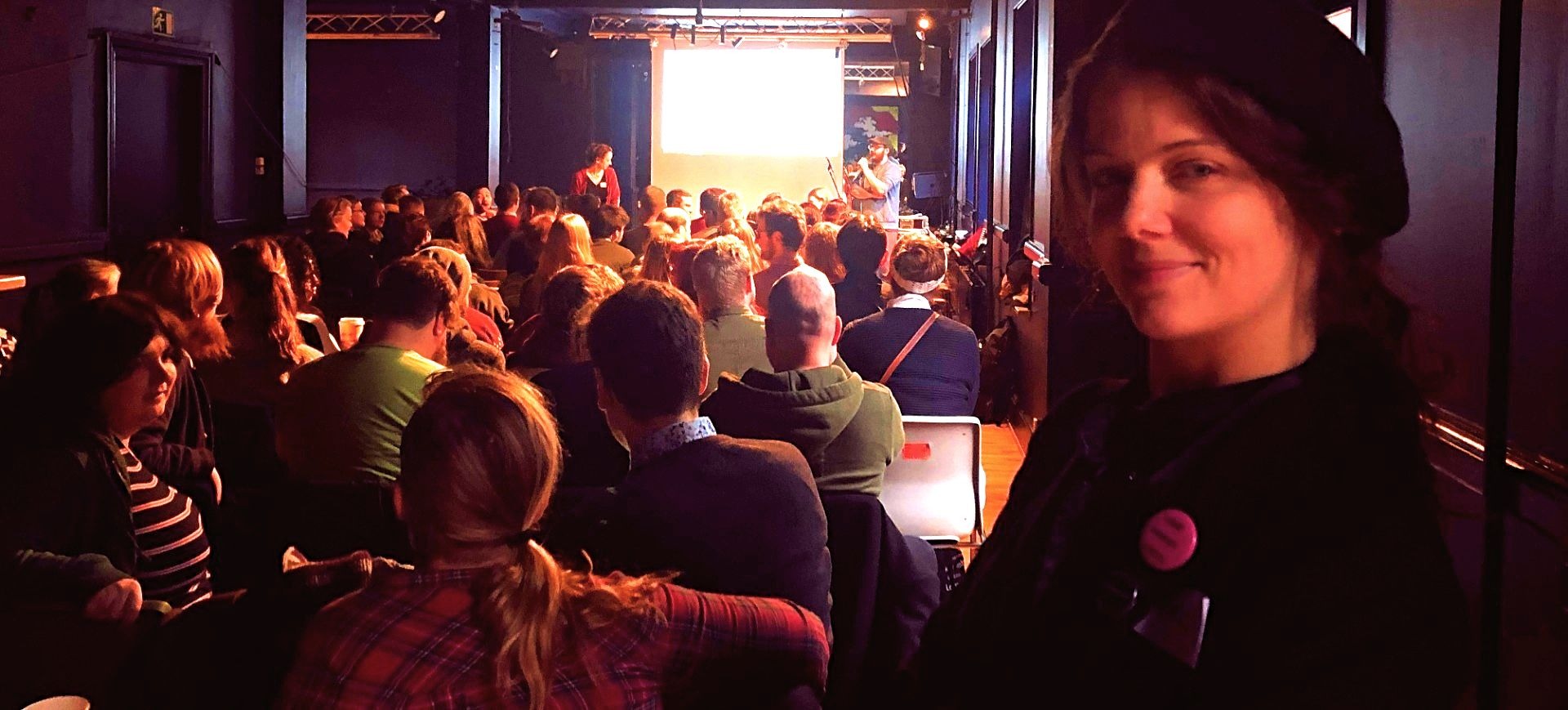Tag: Educational larp
-

Pandemic Larp Improvisation
Larp organizers have learned a thing or two about organizing scenarios. How have we applied those skills during the COVID-19 pandemic?
-

Larp in Leadership Development at the Royal Norwegian Naval Academy (RNNA)
in
Naval cadets became more role flexible as a result of the use of larp in training, and those who were positively inclined gained greater benefits.
-

Solmukohta 2020: 500 Magic Schools for Children and Youth
This panel brings together NGOs, companies and other entities that run magic schools for kids and youth; presenting themselves and their work.
-

Overview of Edu-Larp Conference 2019
Edu-larp can be described as implementing live-action role-playing games in formal or informal educational contexts, “used to impart pre-determined pedagogical or didactic content” (Balzer & Kurz 2015). The aim of the Edu-larp Conference 2019 was to present and discuss recent international research as well as share best practice examples or innovative formats of edu-larp.The first
-

The Butterfly Effect Manifesto
in
This manifesto describes our preference for playing, designing, and facilitating larp experiences with the purpose of encouraging transformative impacts.
-

Seekers Unlimited
Seekers Unlimited is an nonprofit organization that produces educational larps. It’s run by Aaron Vanek who’s active in the nordic larp scene. They have just released a video showcasing some of their work: